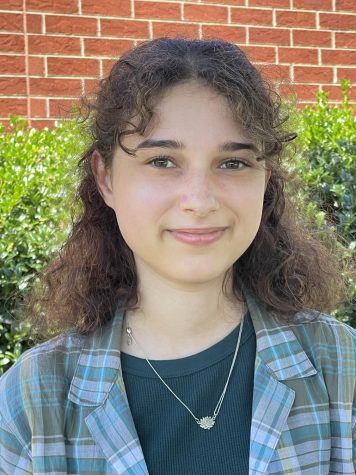School during the 1918 Spanish Flu Pandemic

“Caring for Spanish flu victims” by British Red Cross. is licensed under CC BY 2.0
A Spanish flu victim is being carried by American Red Cross volunteers. The disease spread was prevalent, and it’s estimated that 20 to 100 million people were killed by it worldwide.
October 29, 2020
Since schools have closed during the pandemic, there has been talk about when and how they will reopen. In the meantime, students have been able to participate in virtual learning, which has kept schooling going on despite not being able to be physically present.
Some people may recall that the United States faced a pandemic about 100 years ago in 1918, the Spanish flu, where virtual learning was obviously not an option and the school curriculum was extremely different. What did they do back then? Are there any lessons we can take from how school was handled? How did the students take it?
First of all, let’s get some background on this pandemic. The Spanish flu, as it came to be called, was a wide-spreading flu caused by an H1N1 virus of avian origin. Although scientists are unsure of its exact source and doubt it originated in Spain, the name actually derives from the fact that most media coverage on the virus was read from Spanish sources.
This misconception caused people to assume that was where it began. The flu came to the United States in 1918 first found on military personnel, and continued to spread for around two more years.
Similarly to our current situation, schools in the country were shut down to prevent contagion. With no internet, basically the only school work students could complete were reading assignments or projects they took home, which likely got boring fast as the days away from school continued to grow. If they wanted to continue studying, most kids would practice spelling with speller boards.
Most students had to busy themselves with chores and jobs instead of schoolwork. Since there were not many laws in place dictating how the workplace should treat children yet, there was not much regulation or limit to the hours they could work and jobs they could take. Many delivered newspapers, helped on farms, or worked in factories.
Not all schools closed, though. In New York City and Chicago, schools were kept open. The reasoning being that children were “better off in school, under supervision, than playing about in the streets.”
Despite remaining open, many classrooms were left empty since students were not very eager to go to school when there was a contagious virus raging in their city. Obviously sending kids to school did nothing to help the cases in these cities from rising, too.
A lot of what was done helped prioritize the health of the students. The first school nurse was hired in 1902, not too long before the pandemic, and with the Spanish flu came the increased investment in school nurses, who actually cared for children’s illnesses and provided health information for their families.
Some school nurses even worked with families who had sick children outside of school. In Nov. 1918, the New York City Health Commissioner, Royall Copeland, stated that children being under “the constant observation of qualified persons” gave students “a degree of safety that would not have been possible otherwise.”
St. Louis had one of the better outcomes of the country, and did so by making sure authorities collaborated with each other and by coming up with a plan to gradually reopen schools. First, high schools reopened, and a month later, once cases in younger children had dropped, elementary schools were reopened. Eventually they had just 358 deaths per 100,000 people from the virus, which was one of the better statistics for the time and situation.
Reformers of the period made sure to do other things to ensure the safety of students. School lunch programs were established, playgrounds were built, and outdoor education was encouraged.
When schools were reopened, they had larger, airier spaces, and more outdoor areas. Schools were able to deliver food and health care to their children.
The COVID-19 pandemic can seem very overwhelming, and the closure of schools due to the virus has caused even more questions. This isn’t the first time America has been through a pandemic, and as we’ve seen during the Spanish flu, eventually things were able to return to normal.
Maybe looking back on this part of history will give some ideas on how to handle education and the reopening of schools during our current situation, but even if not, at least we know we aren’t alone in this experience.

